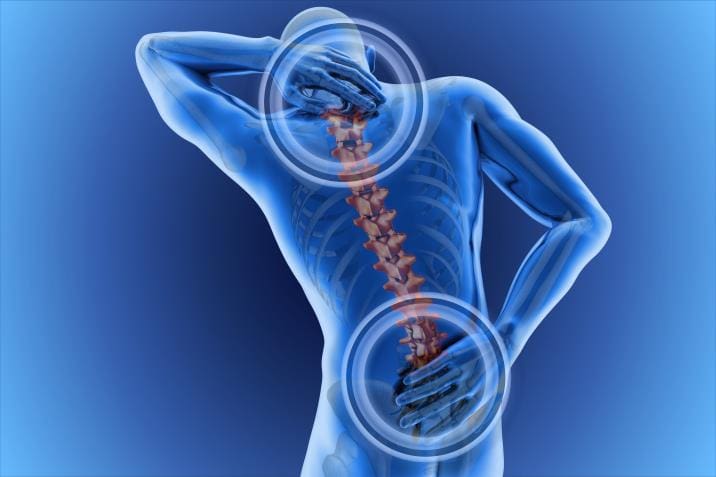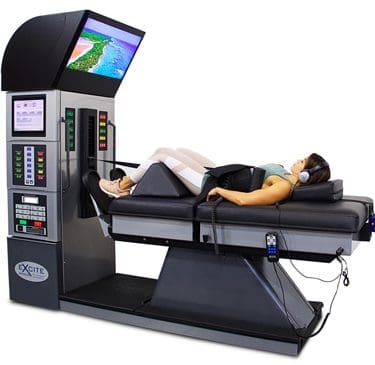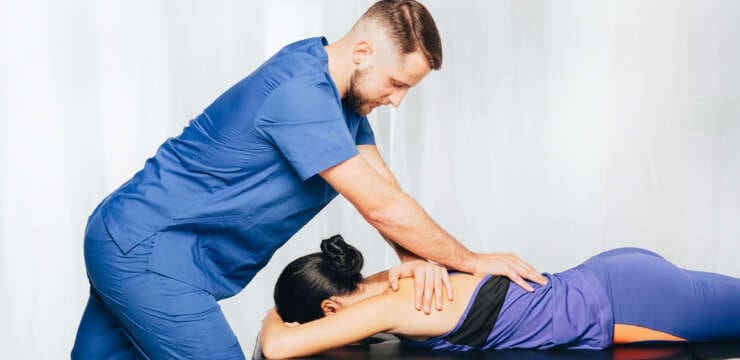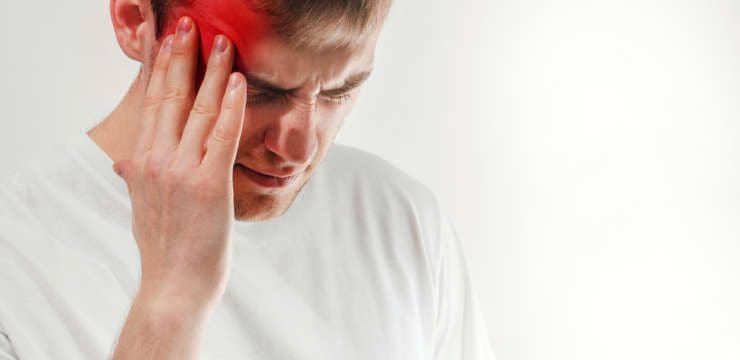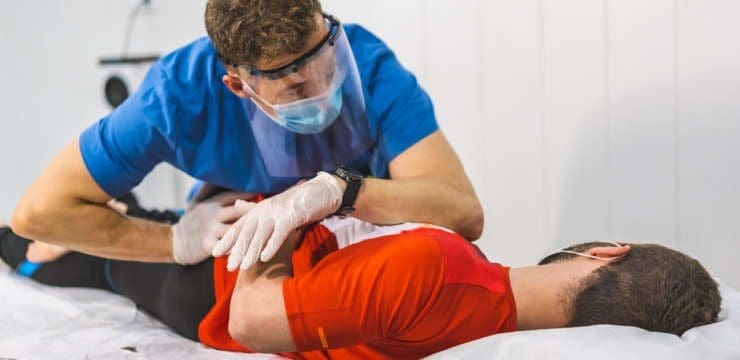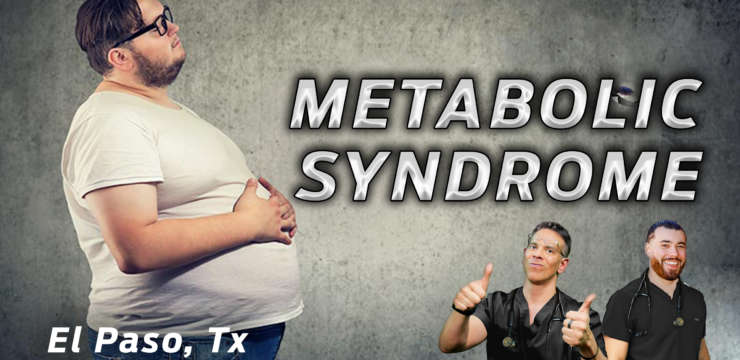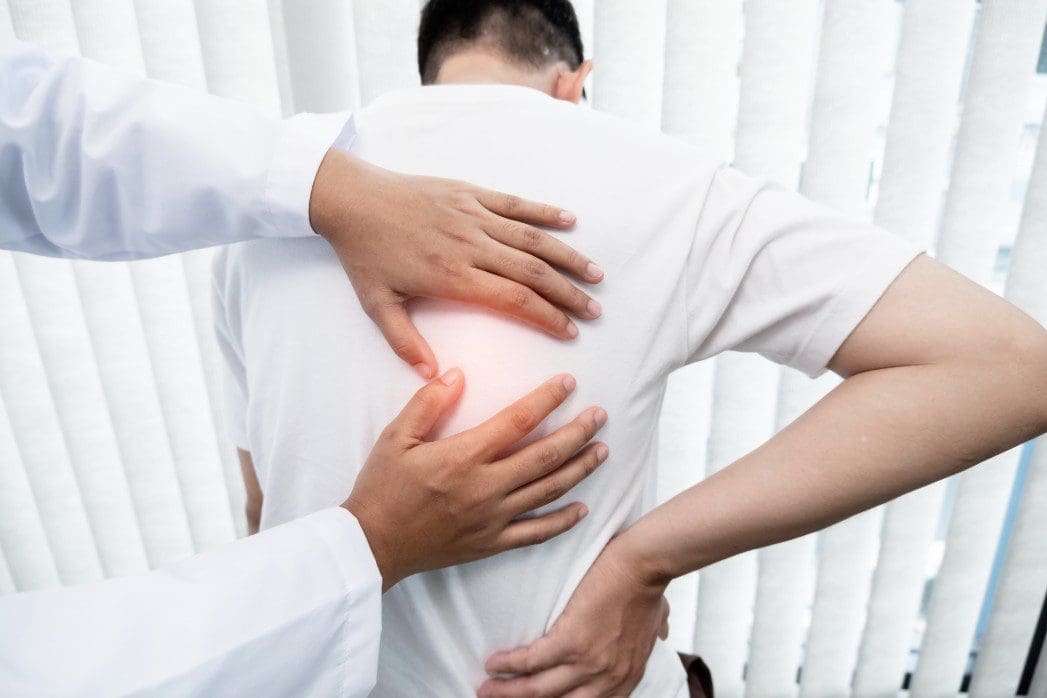
Table of Contents
Introduction
The spine has an S-shaped curve that helps the body keep standing and even protects the spinal cord from injuries. As part of the central nervous system, which helps transport the signals that the brain wants the send out to the rest of the body through the nerve roots that are branched out all over the body. The nerve roots have their job in providing the body motor and sensory functions incorporated in making the body move around. When the nerve roots or the spine becomes injured, it can lead to back and neck issues that can abruptly affect a person’s quality of life and cause them to be in constant pain. When this happens, a person will not be able to function correctly due to their nerves being aggravated and their spine being compressed. Today’s article focuses on two spinal conditions known as disc herniation and disc degenerative, how they affect the spine, and how nonsurgical decompression can help alleviate disc herniation and degenerative disc symptoms. Patients that are referred to qualified, skilled providers who specialize in decompression therapy. We accompanied our patients by referring them to our associated medical providers based on their examination when it’s appropriate. We find that education is valuable for asking crucial questions to our providers. Dr. Jimenez DC provides this information as an educational service only. Disclaimer
Can my insurance cover it? Yes, it may. If you are uncertain, here is the link to all the insurance providers we cover. If you have any questions or concerns, please call Dr. Jimenez at 915-850-0900.
How Degenerative Discs & Herniation Affect The Spine
Have you been experiencing pain running down from your neck to your lower back? How about shifting to a comfortable position that lessens the pain? Do your muscles ache after being hunched all day or after work? Many of these symptoms are spinal issues that inflict pain on the neck and back. The two spinal issues that affect the spine are degenerative discs and herniation. Research studies have shown that degenerative discs usually affect the spine through natural aging and wear and tear on the discs in between the spine. Degenerative spinal discs will begin to inflict more pressure on the spinal discs and even cause the spinal vertebrae to start rubbing against each other. Additional information has found that disc degeneration starts early throughout a person’s life. Disc herniation is often considered the early step for disc degeneration in the spine, thus causing painful symptoms to rise.
For disc herniation, research studies have mentioned that when the spine is dealing with disc herniation, disc degeneration is not too far behind. When the spine begins to flatten and squeeze on the discs, it can rapidly dehydrate them and protrude out of its original position. Other times disc herniation is mainly caused when a person is lifting or carrying heavy weights from one place to another. This causes the body itself to be unstable and invokes pain in the lower back or neck. Additional research has shown that the pathology of intervertebral discs is a common disorder that many people do suffer from. The pathology of intervertebral disc disorders can cause various symptoms that can progressively worsen over time if it is not treated right away.
The Symptoms These Two Cause In The Spine
The symptoms of disc herniation and degeneration are usually the same, depending on where the pain is located in the body. For disc degeneration, research shows that when a person suffers from degenerative discs in the spine, they experience continuous moderate low back pain that can cause the lower half to ache. This goes the same way for disc herniation, as many people will change their movements and postures to relieve the pain. Other symptoms that disc herniation and degeneration cause in the spine and body include:
- Leg pain
- Muscle tenderness
- Sciatica
- Nerve pain
- Loss of sensory functions on the feet and back
Thankfully, there are treatments available to lessen the effects of disc herniation and degeneration. Experiencing these symptoms can dampen a person’s day since they are in constant pain. When the pain symptoms range from mild to severe, many suffering individuals try to find ways to alleviate the pain and try to get by through the rest of their day.
An Overview Of Spinal Decompression Works- Video
Have you been experiencing low back pain throughout the day? Does your sciatic nerve flare up every time you are out and about? Do you feel muscle tenderness in certain parts of your back? Disc herniation and degeneration are spinal issues that can affect your quality of life and make you in constant pain if it is not taken care of. Fortunately, treatment is available that can help provide you with the relief you desperately need: spinal decompression. The video above explains how spinal decompression works on individuals suffering from degenerative discs in their spine. Spinal decompression can help stop the progression of degenerative discs by utilizing mechanical traction on the spine to gently pull on the spinal joints to increase the height of the compressed discs and take the pressure off of the nearby nerve roots. Spinal decompression can also help loosen the tight, tense muscles in the cervical and lumbar portions of the body and provide fantastic relief. Spinal decompression for either the lumbar or cervical regions of the spine has many beneficial factors in preventing disc herniation and stopping the progression of disc degeneration. This link will explain how spinal decompression offers impressive relief for many people who suffer from neck and low back pain herniation or disc degeneration.
Non-Surgical Decompression Alleviating Degenerative Disc & Herniation
With many available treatments that help alleviate the symptoms of disc degeneration and herniation on the spine and back, nonsurgical spinal decompression can help reset the spinal discs back to their original position. Research studies mentioned that nonsurgical spinal decompression is one of the most widely used methods for conservative treatment that incorporates negative pressure and sufficient tension to the spine, causing an increase in the disc height. Nonsurgical decompression can also help loose ligaments to retighten in the spinal cord, thus resetting the herniated disc back in the spine and even rehydrating the disc. Many people will begin to get their quality of life back together after a few sessions with spinal decompression and not be in constant pain.
Conclusion
The spine has an essential job in ensuring that the body is standing and that it can be on the move. The S-shaped curvature located in the back has nearby ligaments, nerves, and muscles to protect the spine and spinal cord from injuries. Unfortunately, the body and the spine age naturally and can cause the spinal discs to harden and eventually crack. This causes disc herniation and degeneration, causing a wide range of pain issues that affect the entire body. Treatments like spinal decompression allow the spinal discs to be restored to their original function and provide relief to the nearby components around the spine. Incorporating spinal decompression can bring back a person’s quality of life and stop these spinal issues from progressing further.
References
Al Qaraghli, Mustafa I, and Orlando De Jesus. “Lumbar Disc Herniation – Statpearls – NCBI Bookshelf.” In: StatPearls [Internet]. Treasure Island (FL), StatPearls Publishing, 30 Aug. 2021, www.ncbi.nlm.nih.gov/books/NBK560878/.
Choi, Jioun, et al. “Influences of Spinal Decompression Therapy and General Traction Therapy on the Pain, Disability, and Straight Leg Raising of Patients with Intervertebral Disc Herniation.” Journal of Physical Therapy Science, The Society of Physical Therapy Science, Feb. 2015, www.ncbi.nlm.nih.gov/pmc/articles/PMC4339166/.
Donnally, Chester J, et al. “Lumbar Degenerative Disk Disease – Statpearls – NCBI Bookshelf.” In: StatPearls [Internet]. Treasure Island (FL), StatPearls Publishing, 6 Mar. 2022, www.ncbi.nlm.nih.gov/books/NBK448134/.
Khan, Hashim. “Lumbar Degenerative Disc Disease Symptoms.” Spine, Spine-Health, 23 Apr. 2018, www.spine-health.com/conditions/degenerative-disc-disease/lumbar-degenerative-disc-disease-symptoms.
Schroeder, Josh E, et al. “Disc Degeneration after Disc Herniation: Are We Accelerating the Process?” Evidence-Based Spine-Care Journal, © AOSpine International, Nov. 2012, www.ncbi.nlm.nih.gov/pmc/articles/PMC3592777/.
Zielinska, Nicol, et al. “Risk Factors of Intervertebral Disc Pathology-a Point of View Formerly and Today-A Review.” Journal of Clinical Medicine, MDPI, 21 Jan. 2021, www.ncbi.nlm.nih.gov/pmc/articles/PMC7865549/.
Disclaimer
Disclaimers
Professional Scope of Practice *
The information herein on "Nonsurgical Decompression Helps With Degenerative Discs" is not intended to replace a one-on-one relationship with a qualified health care professional or licensed physician and is not medical advice. We encourage you to make healthcare decisions based on your research and partnership with a qualified healthcare professional.
Blog Information & Scope Discussions
Welcome to El Paso's wellness blog, where Dr. Alex Jimenez, DC, FNP-C, a board-certified Family Practice Nurse Practitioner (FNP-C) and Chiropractor (DC), presents insights on how our team is dedicated to holistic healing and personalized care. Our practice aligns with evidence-based treatment protocols inspired by integrative medicine principles, similar to those found on dralexjimenez.com, focusing on restoring health naturally for patients of all ages.
Our areas of chiropractic practice include Wellness & Nutrition, Chronic Pain, Personal Injury, Auto Accident Care, Work Injuries, Back Injury, Low Back Pain, Neck Pain, Migraine Headaches, Sports Injuries, Severe Sciatica, Scoliosis, Complex Herniated Discs, Fibromyalgia, Chronic Pain, Complex Injuries, Stress Management, Functional Medicine Treatments, and in-scope care protocols.
Our information scope is limited to chiropractic, musculoskeletal, physical medicine, wellness, contributing etiological viscerosomatic disturbances within clinical presentations, associated somato-visceral reflex clinical dynamics, subluxation complexes, sensitive health issues, and functional medicine articles, topics, and discussions.
We provide and present clinical collaboration with specialists from various disciplines. Each specialist is governed by their professional scope of practice and their jurisdiction of licensure. We use functional health & wellness protocols to treat and support care for the injuries or disorders of the musculoskeletal system.
Our videos, posts, topics, subjects, and insights cover clinical matters, issues, and topics that relate to and directly or indirectly support our clinical scope of practice.*
Our office has reasonably attempted to provide supportive citations and has identified the relevant research studies or studies supporting our posts. We provide copies of supporting research studies available to regulatory boards and the public upon request.
We understand that we cover matters that require an additional explanation of how they may assist in a particular care plan or treatment protocol; therefore, to discuss the subject matter above further, please feel free to ask Dr. Alex Jimenez, DC, APRN, FNP-BC, or contact us at 915-850-0900.
We are here to help you and your family.
Blessings
Dr. Alex Jimenez DC, MSACP, APRN, FNP-BC*, CCST, IFMCP, CFMP, ATN
email: coach@elpasofunctionalmedicine.com
Licensed as a Doctor of Chiropractic (DC) in Texas & New Mexico*
Texas DC License # TX5807
New Mexico DC License # NM-DC2182
Licensed as a Registered Nurse (RN*) in Texas & Multistate
Texas RN License # 1191402
ANCC FNP-BC: Board Certified Nurse Practitioner*
Compact Status: Multi-State License: Authorized to Practice in 40 States*
Graduate with Honors: ICHS: MSN-FNP (Family Nurse Practitioner Program)
Degree Granted. Master's in Family Practice MSN Diploma (Cum Laude)
Dr. Alex Jimenez, DC, APRN, FNP-BC*, CFMP, IFMCP, ATN, CCST
My Digital Business Card

